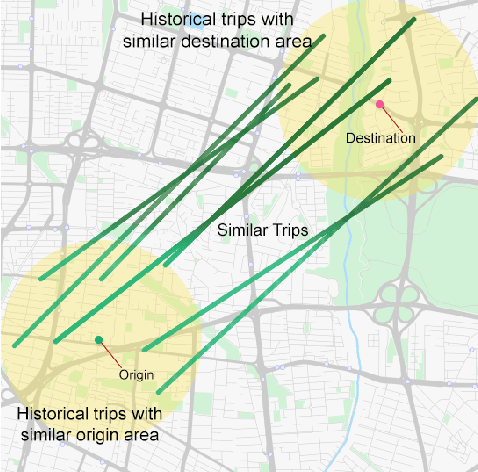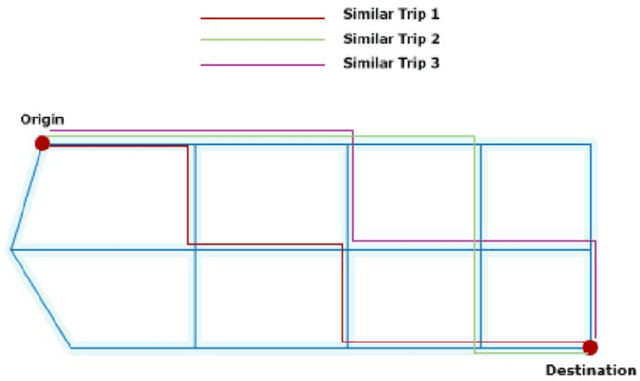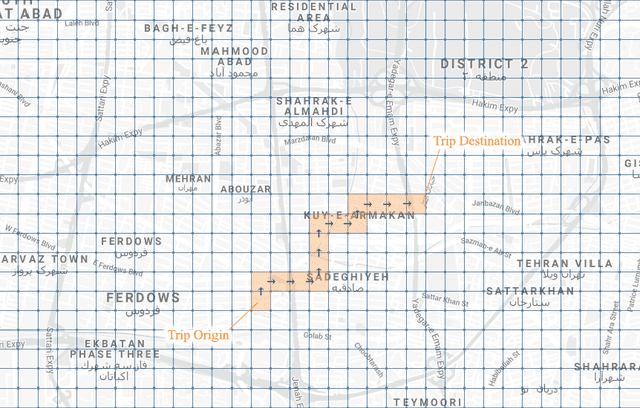Armin Zirak
University of Tehran
Online and Offline Evaluations of Collaborative Filtering and Content Based Recommender Systems
Nov 02, 2024Abstract:Recommender systems are widely used AI applications designed to help users efficiently discover relevant items. The effectiveness of such systems is tied to the satisfaction of both users and providers. However, user satisfaction is complex and cannot be easily framed mathematically using information retrieval and accuracy metrics. While many studies evaluate accuracy through offline tests, a growing number of researchers argue that online evaluation methods such as A/B testing are better suited for this purpose. We have employed a variety of algorithms on different types of datasets divergent in size and subject, producing recommendations in various platforms, including media streaming services, digital publishing websites, e-commerce systems, and news broadcasting networks. Notably, our target websites and datasets are in Persian (Farsi) language. This study provides a comparative analysis of a large-scale recommender system that has been operating for the past year across about 70 websites in Iran, processing roughly 300 requests per second collectively. The system employs user-based and item-based recommendations using content-based, collaborative filtering, trend-based methods, and hybrid approaches. Through both offline and online evaluations, we aim to identify where these algorithms perform most efficiently and determine the best method for our specific needs, considering the dataset and system scale. Our methods of evaluation include manual evaluation, offline tests including accuracy and ranking metrics like hit-rate@k and nDCG, and online tests consisting of click-through rate (CTR). Additionally we analyzed and proposed methods to address cold-start and popularity bias.
Improving Automated Program Repair with Domain Adaptation
Dec 21, 2022Abstract:Automated Program Repair (APR) is defined as the process of fixing a bug/defect in the source code, by an automated tool. APR tools have recently experienced promising results by leveraging state-of-the-art Neural Language Processing (NLP) techniques. APR tools such as TFix and CodeXGLUE combine text-to-text transformers with software-specific techniques are outperforming alternatives, these days. However, in most APR studies the train and test sets are chosen from the same set of projects. In reality, however, APR models are meant to be generalizable to new and different projects. Therefore, there is a potential threat that reported APR models with high effectiveness perform poorly when the characteristics of the new project or its bugs are different than the training set's(Domain Shift). In this study, we first define and measure the domain shift problem in automated program repair. Then, we then propose a domain adaptation framework that can adapt an APR model for a given target project. We conduct an empirical study with three domain adaptation methods FullFineTuning, TuningWithLightWeightAdapterLayers, and CurriculumLearning using two state-of-the-art domain adaptation tools (TFix and CodeXGLUE) and two APR models on 611 bugs from 19 projects. The results show that our proposed framework can improve the effectiveness of TFix by 13.05% and CodeXGLUE by 23.4%. Another contribution of this study is the proposal of a data synthesis method to address the lack of labelled data in APR. We leverage transformers to create a bug generator model. We use the generated synthetic data to domain adapt TFix and CodeXGLUE on the projects with no data (Zero-shot learning), which results in an average improvement of 5.76% and 24.42% for TFix and CodeXGLUE, respectively.
Real-time Travel Time Estimation Using Matrix Factorization
Dec 01, 2019



Abstract:Estimating the travel time of any route is of great importance for trip planners, traffic operators, online taxi dispatching and ride-sharing platforms, and navigation provider systems. With the advance of technology, many traveling cars, including online taxi dispatch systems' vehicles are equipped with Global Positioning System (GPS) devices that can report the location of the vehicle every few seconds. This paper uses GPS data and the Matrix Factorization techniques to estimate the travel times on all road segments and time intervals simultaneously. We aggregate GPS data into a matrix, where each cell of the original matrix contains the average vehicle speed for a segment and a specific time interval. One of the problems with this matrix is its high sparsity. We use Alternating Least Squares (ALS) method along with a regularization term to factorize the matrix. Since this approach can solve the sparsity problem that arises from the absence of cars in many road segments in a specific time interval, matrix factorization is suitable for estimating the travel time. Our comprehensive evaluation results using real data provided by one of the largest online taxi dispatching systems in Iran, shows the strength of our proposed method.
 Add to Chrome
Add to Chrome Add to Firefox
Add to Firefox Add to Edge
Add to Edge